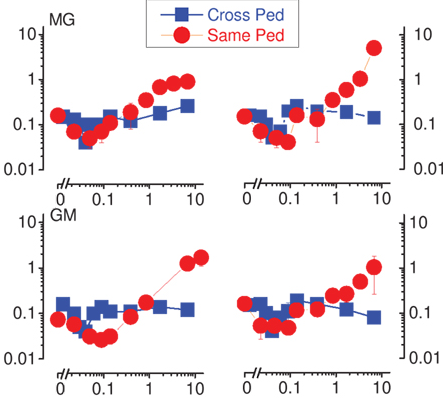Coding of modality and location
The Sensory system codes for four feature of stimulus; that is the type modality, intensity, location & duration. The entrance time of a sound pulse and phase differences of constant sound are used for the localization of sound sources. Certain receptors are sensitive to some kinds of stimuli (for illustration, various mechanoreceptors react best to various kinds of touch stimuli, such as sharp or blunt objects). The Receptors send impulses in some patterns to send information about the intensity of a stimulus.
The location of the receptor which is stimulated provides the brain information about the location of the stimulus (for illustration, stimulating a mechanoreceptor in a finger will send information to the brain regarding that finger). The period of the stimulus is conveyed by the firing patterns of receptors. Such impulses are transmitted to the brain via afferent neurons.
The stimulus modality (i.e., sensory modality) is a kind of physical phenomenon which can be sensed. Illustrations are taste, temperature, sound, and pressure. The kind of sensory receptor activated by a stimulus plays the main role in coding the stimulus modality.

In the memory-prediction structure, Jeff Hawkins mentions a association between the six layers of the cerebral cortex and the six layers of the optic tract of the visual system. The visual cortex has regions labelled V1, V2, V3, V4, V5, MT, IT, etc. Therefore regions V1 is meant to imply only one class of cells in the brain, for which there can be many cells that are also engaged in vision.
The Hawkins lays out a scheme for the analogous modalities of the sensory system. Note that there can be numerous kinds of senses. In particular, for humans, there will be cells that can be labeled as belonging to the V1, V2 A1, A2, etc.